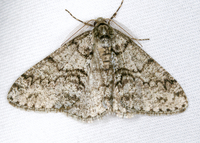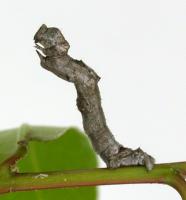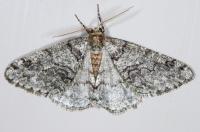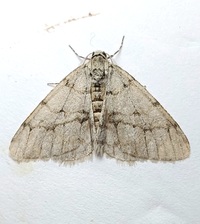
| Recorded by: Mark Basinger on 2025-03-25
Brunswick Co.
Comment: | 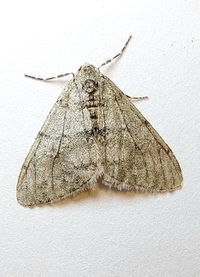
| Recorded by: Mark Basinger on 2025-03-15
Brunswick Co.
Comment: |

| Recorded by: Simpson Eason on 2025-02-26
Durham Co.
Comment: | 
| Recorded by: Jim Petranka on 2025-02-26
Madison Co.
Comment: |

| Recorded by: Jim Petranka on 2025-02-25
Madison Co.
Comment: | 
| Recorded by: Simpson Eason on 2025-02-07
Durham Co.
Comment: |

| Recorded by: Dean Furbish on 2025-02-07
Wake Co.
Comment: | 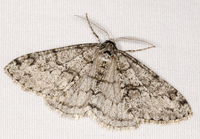
| Recorded by: John Petranka on 2025-02-06
Beaufort Co.
Comment: |
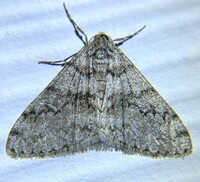
| Recorded by: Dean Furbish on 2025-02-06
Wake Co.
Comment: | 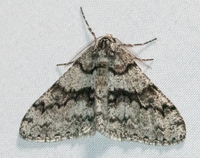
| Recorded by: Emily Stanley on 2025-02-05
Buncombe Co.
Comment: |

| Recorded by: Emily Stanley on 2025-02-05
Buncombe Co.
Comment: | 
| Recorded by: Simpson Eason on 2025-02-05
Durham Co.
Comment: |
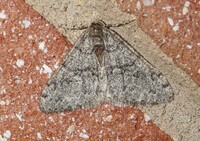
| Recorded by: Simpson Eason on 2025-02-05
Durham Co.
Comment: | 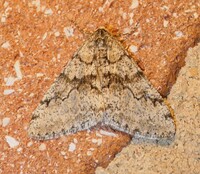
| Recorded by: Simpson Eason on 2025-02-04
Durham Co.
Comment: |
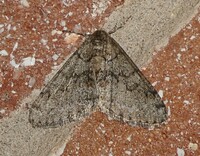
| Recorded by: Simpson Eason on 2025-02-04
Durham Co.
Comment: | 
| Recorded by: Simpson Eason on 2025-02-04
Durham Co.
Comment: |

| Recorded by: Dean Furbish, Lior S. Carlson on 2025-02-04
Orange Co.
Comment: | 
| Recorded by: John Petranka on 2025-02-04
Orange Co.
Comment: |

| Recorded by: Jeff Niznik on 2025-02-04
Orange Co.
Comment: | 
| Recorded by: Mark Basinger on 2025-02-04
Wilson Co.
Comment: |
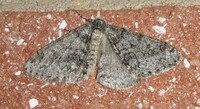
| Recorded by: Simpson Eason on 2025-02-01
Durham Co.
Comment: | 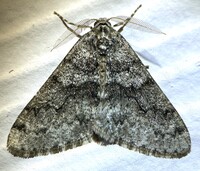
| Recorded by: Dean Furbish on 2025-02-01
Wake Co.
Comment: |
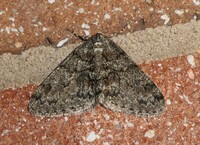
| Recorded by: Simpson Eason on 2025-01-31
Durham Co.
Comment: | 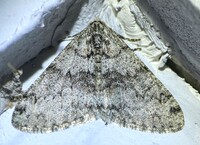
| Recorded by: Dean Furbish on 2025-01-31
Wake Co.
Comment: |
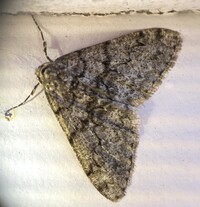
| Recorded by: Dean Furbish on 2025-01-30
Wake Co.
Comment: | 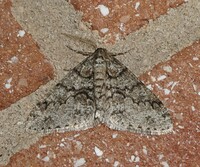
| Recorded by: Simpson Eason on 2025-01-29
Durham Co.
Comment: |
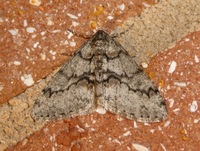
| Recorded by: Simpson Eason on 2025-01-29
Durham Co.
Comment: | 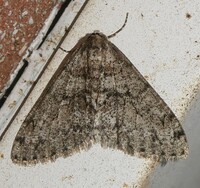
| Recorded by: Simpson Eason on 2025-01-29
Durham Co.
Comment: |

| Recorded by: John Petranka on 2025-01-29
Orange Co.
Comment: | 
| Recorded by: Dean Furbish on 2025-01-29
Wake Co.
Comment: |
|

 »
»